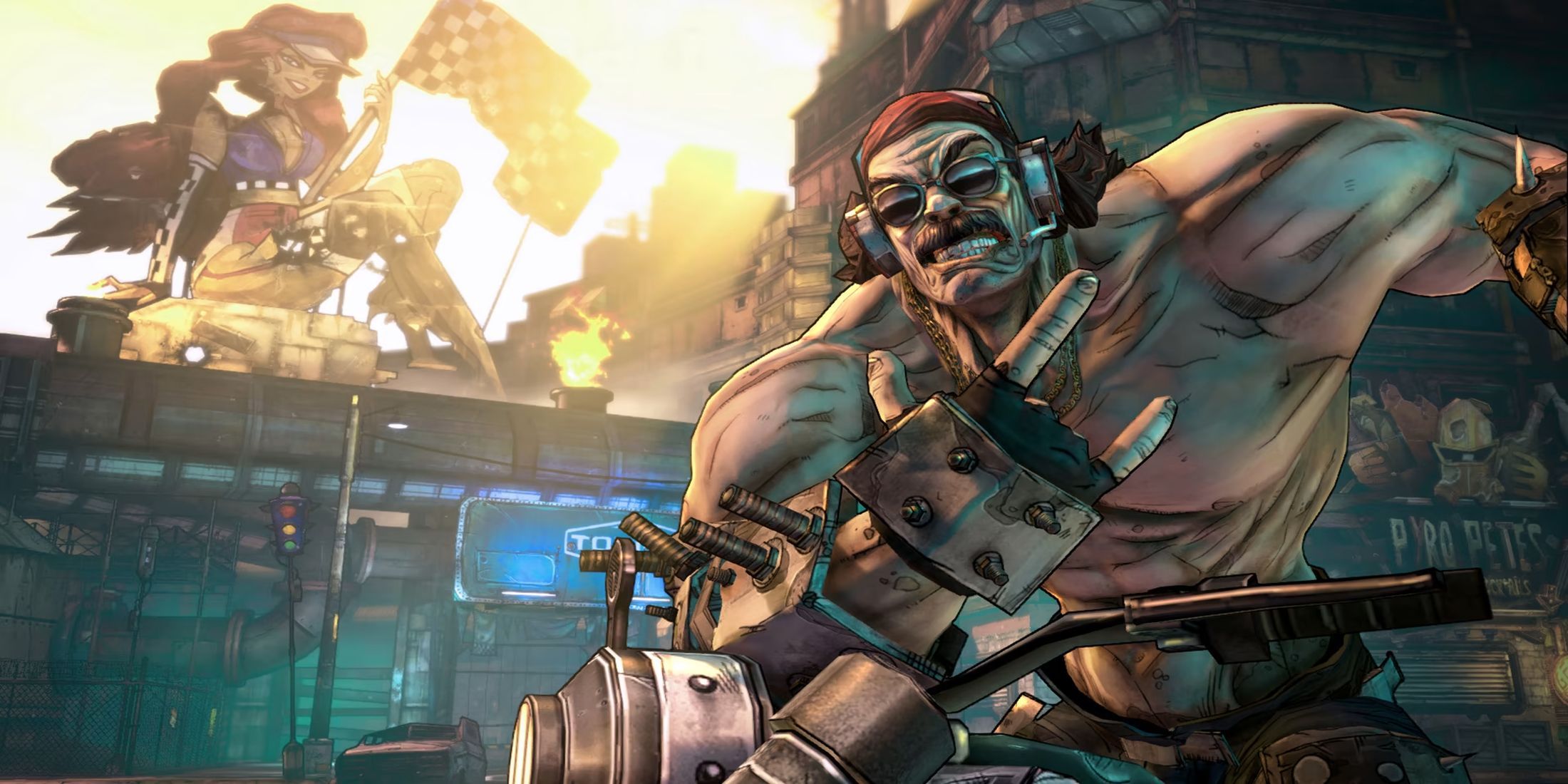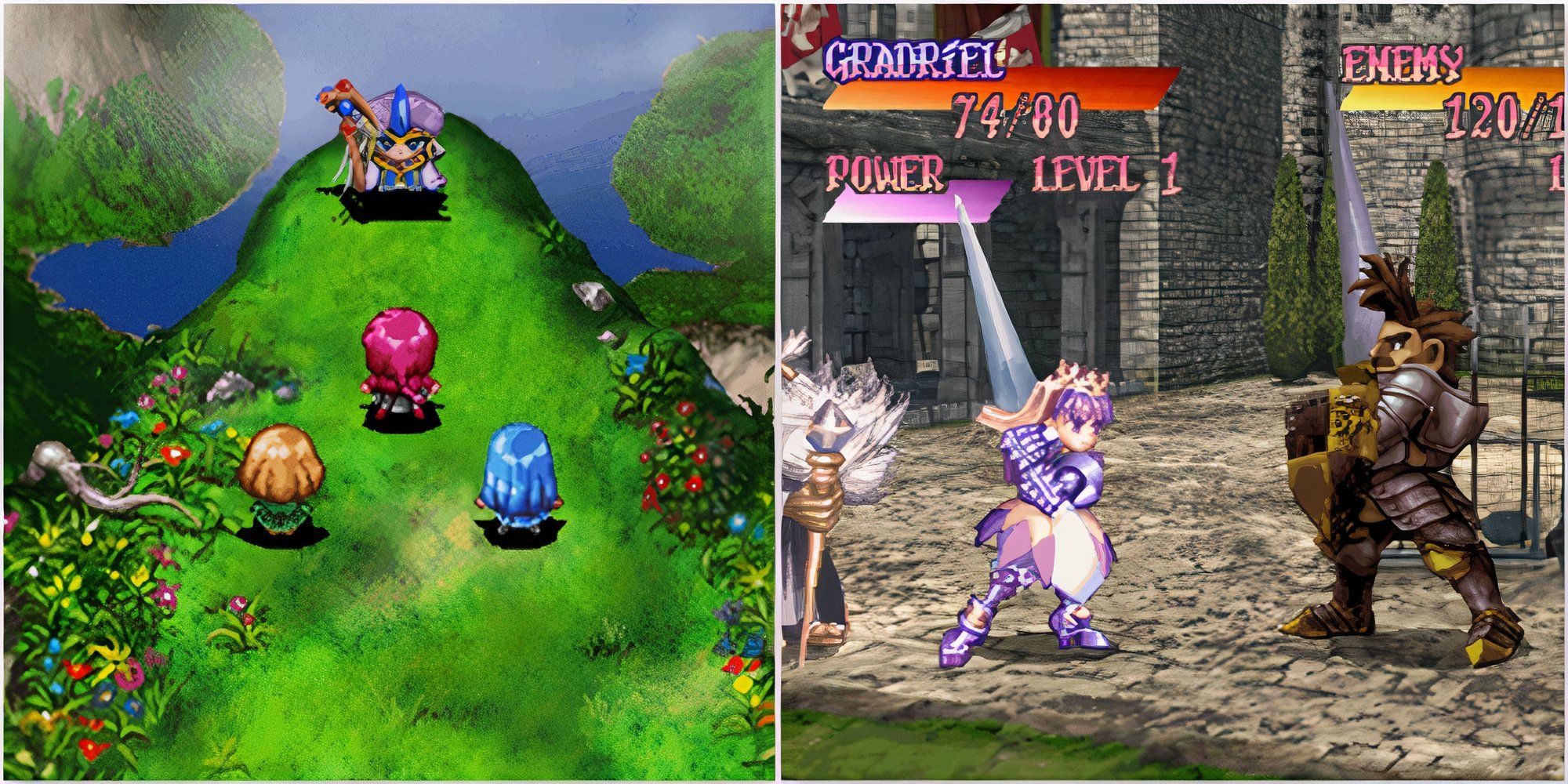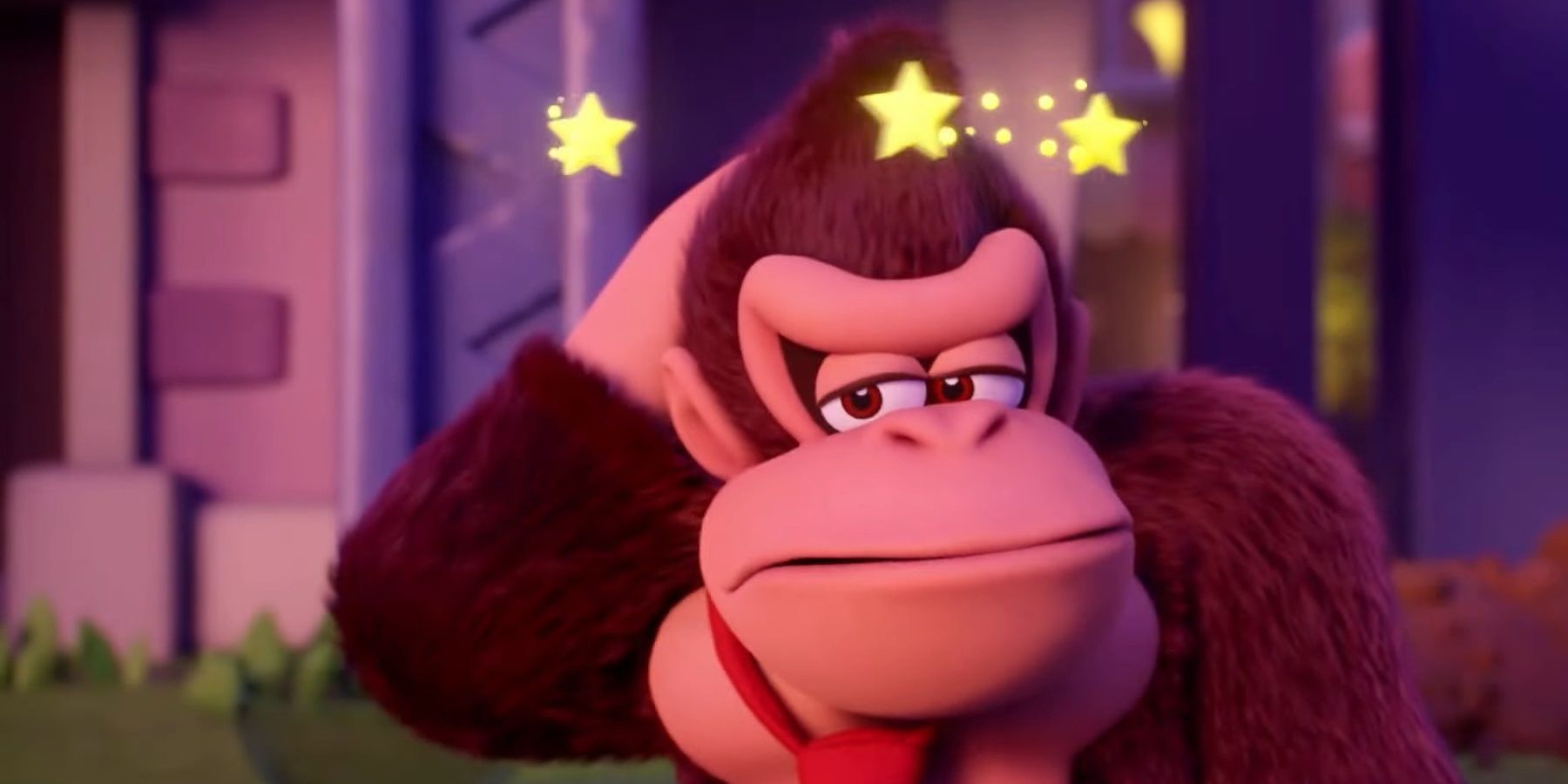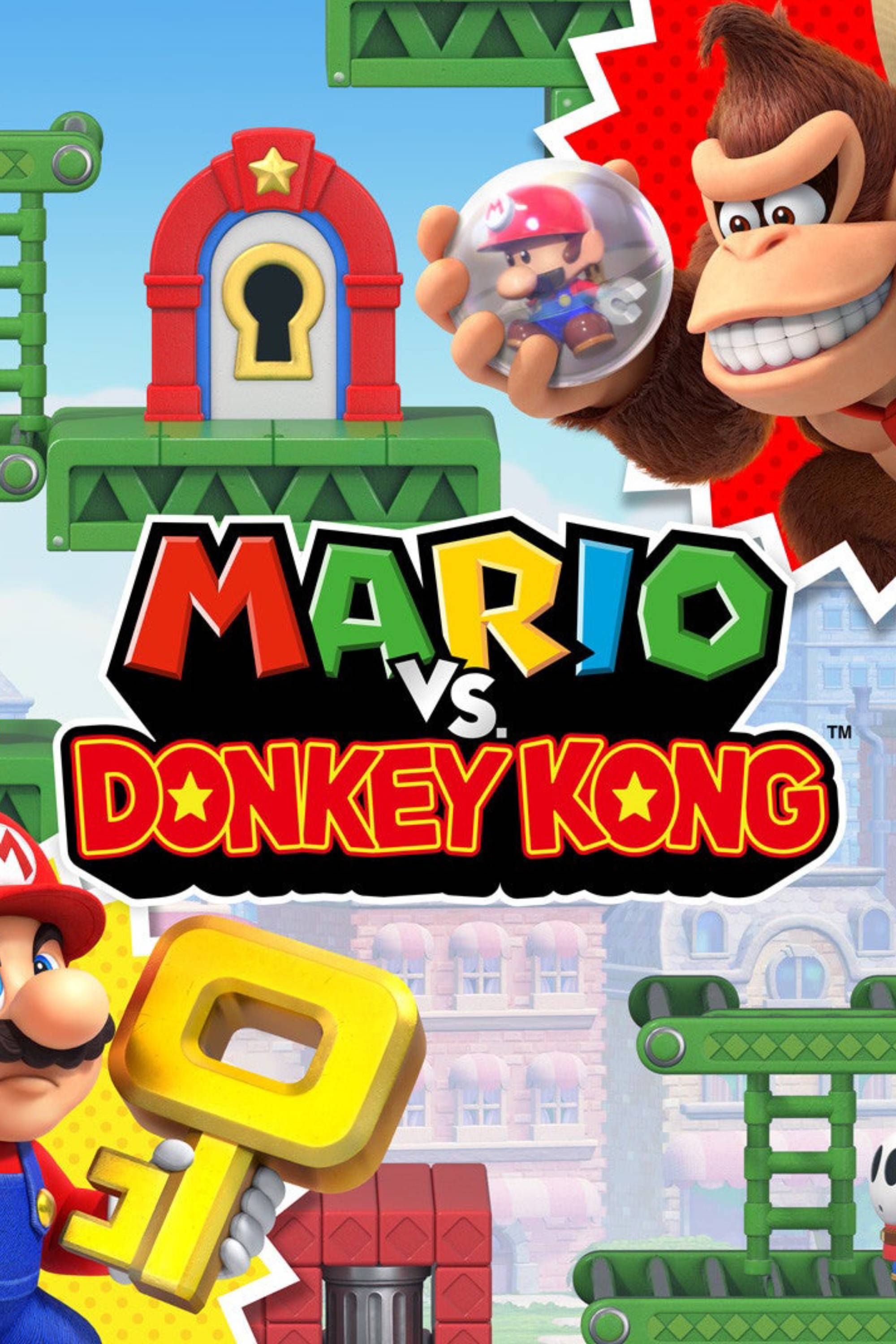Highlights
- Mario vs. Donkey Kong 2024 eliminates fall damage, a feature present in the original, to keep gameplay smooth and consistent.
- The removal of fall damage in modern Mario games like Super Mario Odyssey and Mario 3D World reflects a sensible trend.
- The absence of fall damage in a puzzle game like Mario vs. Donkey Kong enhances the focus on puzzles and platforming challenges.
Long-time 2D Mario players who are new to Mario vs. Donkey Kong might be alarmed by the strange animation that occurs when he falls from a great height. However, this temporary stun is actually a wink to a mechanic from the original title, one that Mario vs. Donkey Kong has thankfully done away with.
In the original Mario vs. Donkey Kong, Mario can die from falling from too tall of a drop. This is quite unusual for Mario's 2D titles, and it seems Nintendo would agree; lethal fall damage is removed in the remake. Instead, if Mario falls too far, he will only be temporarily knocked down. Interestingly, he does momentarily flash as if entering a period of invincibility frames (which normally only trigger if Mario is hit whilst holding an object, which causes a very similar animation).
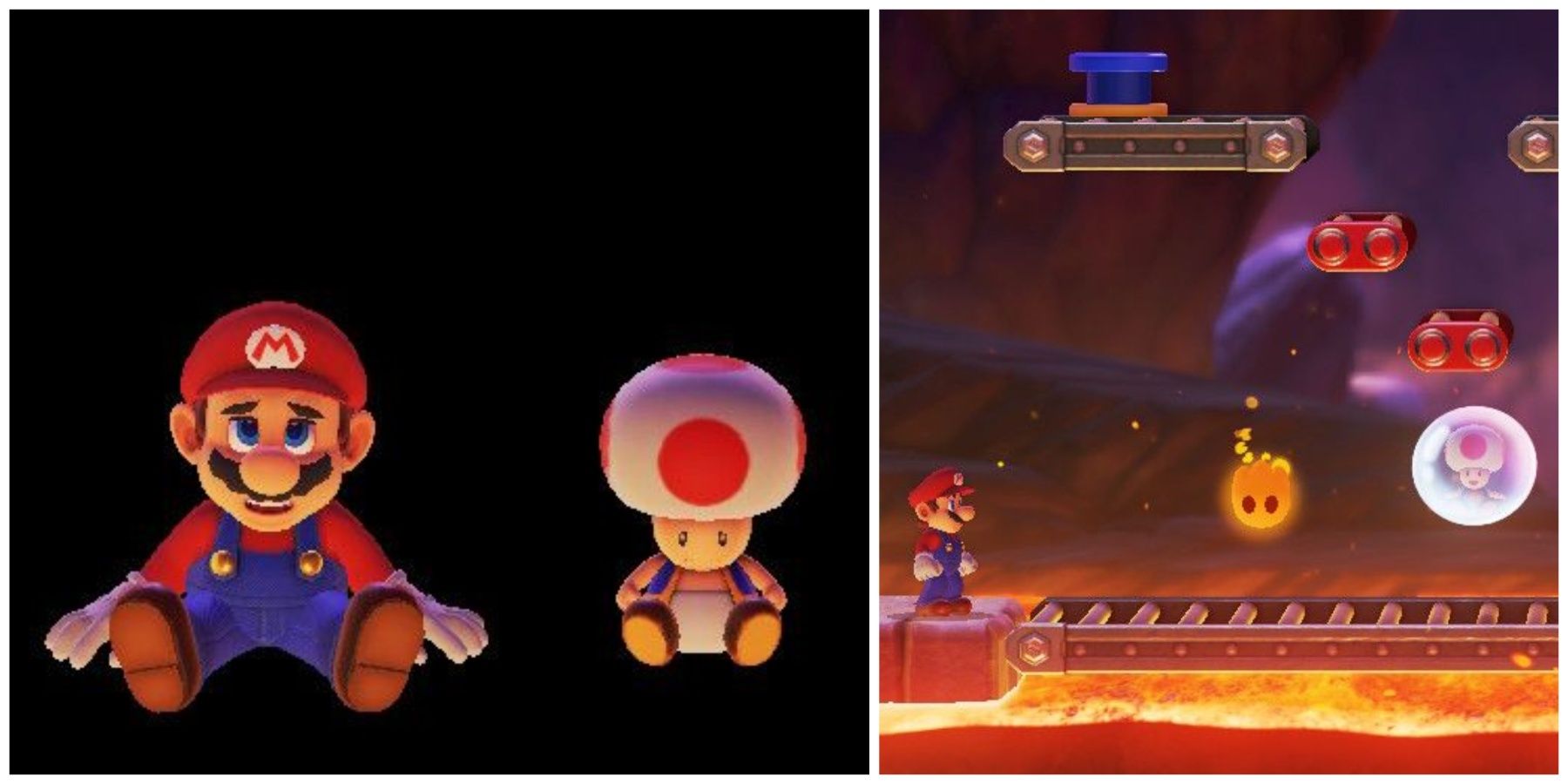
Mario vs. Donkey Kong: How to Play Co-Op
Players can enjoy Mario vs. Donkey Kong with friends - here's how to set up a two player game.
Mario vs. Donkey Kong 2024 Was Right To Get Rid Of Fall Damage
The classic GBA version of Mario vs. Donkey Kong from 2004 isn't alone in having fall damage. Many of Mario's early 3D outings, such as Super Mario 64 and Super Mario Sunshine, have Mario taking injuries from falling too far. Just as with Mario vs. Donkey Kong's remake, however, fall damage has been erased from modern 3D games like Super Mario Odyssey and Super Mario 3D World. This trend points to a sensible conclusion: Mario and fall damage don't mix.
Mario Should Be Able To Take Falls
Whilst it's understandable that Mario could die in one of the Mushroom Kingdom's many bottomless pits, the plumber succumbing to a tumble to the base of an obstacle course is less believable. Though some 3D Mario titles may have used fall damage to attempt more impactful physics, the modern stun works just as well and doesn't punish the player more than falling to the bottom of a vertical course already does. In linear Mario games, the time limit and the need to repeat progress is punishment enough. In more exploratory adventures, it's more fun to let Mario traverse with a fall than to force him to take the long way down.
Moreover, Mario's games are usually somewhat fast-paced. If not set to a timer (which most are), his games at least involve complex bouts of running and jumping, particularly near the endgame. Fall damage not only breaks the flow but ruins the immersion. When so many other mascots can brush off falls, it's always strange whenever Mario can't. With how often Mario can shrug off falling from the clouds and into the concrete, his games should be consistent in this regard.
Fall Damage Doesn't Fit In A Puzzle Game
Mario vs. Donkey Kong emphasizes platforming, but not to the degree where fall damage seems like a necessary thing to implement. The moments where, in the original, fall damage would've occurred are pretty rare. Most courses in the title aren't too tall, save for the final fight. Because of their rarity, as well as the expectations set by most of the franchise, places where too steep of a fall punishes the player with death are hard to predict, making said death feel unfair.
By removing this threat, Mario vs. Donkey Kong 2024 boosts its puzzles. Again, it's not a change that comes up much, but it helps maintain focus on the game's puzzles. Failing in regard to puzzles and platforming have more unified punishments, whereas dying to a great fall can really only be down to an unfortunate trip rather than a miscalculated solution. Though it might not be the most significant change, it's a fantastic decision for quality-of-life purposes.

